Samsung Galaxy S26 Edge vs Google Pixel 10 Pro XL: Expected differences
Comparing the upcoming Galaxy S26 Edge to the Pixel 10 Pro XL might seem odd at first glance, but these two phones share similar price tags, and barring the thinness, they do look a bit similar.

Thin phones are here to stay, as it seems—Samsung is gearing up to launch a successor to the Galaxy S25 Edge, and today we're going to see how this new thin phone compares to the top-of-the-line Google Pixel 10 Pro XL, because they kind of fall into the same price range, albeit representing different smartphone trends.
The Pixel 10 Pro XL is not the thinnest out there, but it's the best Google has to offer, and it will be interesting to see how it stacks up against the upcoming skinny Galaxy. There are many differences between these two but also some similarities, and today we're going to explore both.
Bear in mind that the Galaxy S26 Edge is still under wraps, so most of the info comes from leaks and rumors.
Galaxy S26 Edge vs Pixel 10 Pro XL expected differences:
| Galaxy S26 Edge* | Pixel 10 Pro XL |
|---|---|
| Different design, reminiscent of the iPhone 17 Pro models | Similar design but with a different camera housing |
| Thinner now at 5.5 mm (but 10.8 mm at the camera bump) | Much thicker, as it's not part of the "thin" smartphone movement |
| A tad smaller 6.7-inch display, possibly brighter | 6.8-inch AMOLED screen, 120Hz, 3300 nits of peak brightness |
| New 50MP ultra-wide camera | A third periscope zoom camera 5x |
| The latest Qualcomm Snapdragon 8 Elite Gen 5 chipset | In-house Tensor G5 chipset, still lagging behind in raw performance |
| Smaller 4,200 mAh battery | Bigger 5,200 mAh cell inside |
| Qi2 wireless charging support and magnets | 45W wired, 25W wireless charging (Qi2 certified) |
Table of Contents:
Design and Size
Thin phones matter?
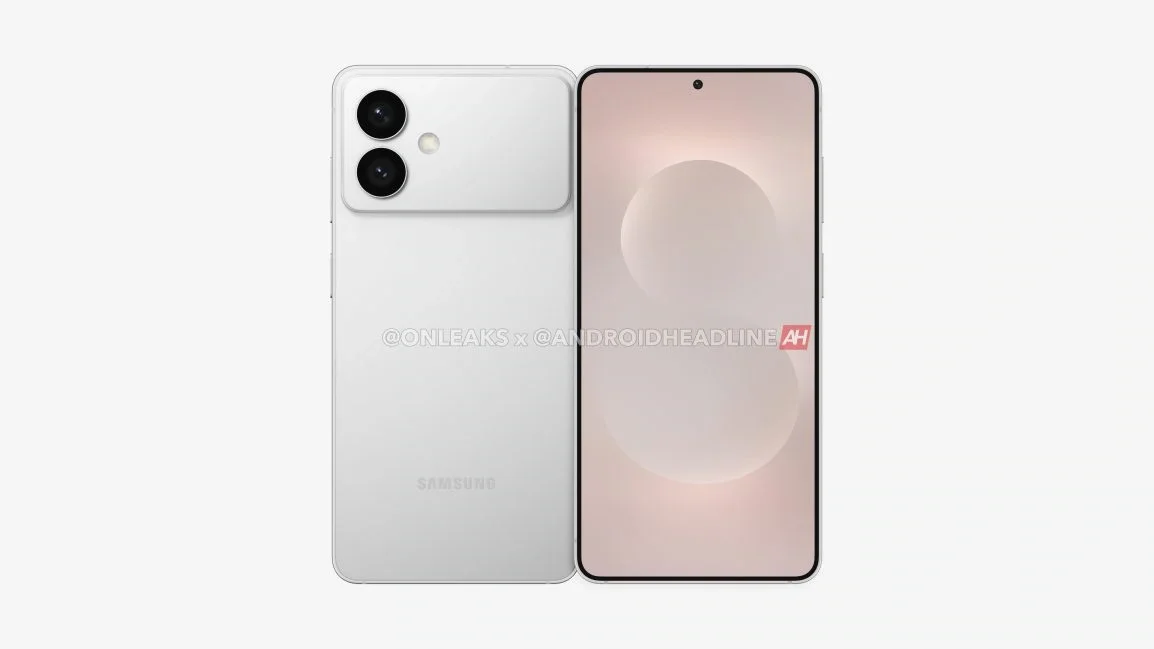
Samsung Galaxy S26 Edge render | Image by OnLeaks
The leaked dummy models and CAD renders of the Galaxy S26 Edge pose an interesting question. Has Samsung decided to blatantly copy Apple? The design is very similar to the iPhone 17 Pro phones, with a large camera bump (Apple calls it "plateau").
The Pixel 10 Pro XL, on the other hand, features the same flat design Google adopted after the Pixel 8 series. Some say it's reminiscent of what Apple and Samsung have been doing but the camera bar remains different on the Pixel, giving it a distinct and original look.
In terms of overall size, weight, and thickness, there are some changes, too. According to the latest leaks, the new phone will be just 5.5 mm thick, mimicking what the iPhone Air offers to the thin table. A necessary clarification is needed here, the thickness at the camera bump is expected to be 10.8 mm, which is quite thick. We have to wait and see whether or not Samsung has gone this route.
The Pixel 10 Pro XL is 8.5 mm thick but then again the phone doesn't have any aspirations to participate in the thin race.
| Galaxy S26 Edge* | Pixel 10 Pro XL |
|---|---|
| Thickness 5.5 mm (10.8 mm at camera bump) | Thickness 8.5 mm |
| Dimensions 158.4 x 75.7 | Dimensions 162.8 x 76.6 |
| Weight N/A | Weight 232 grams |
When it comes to materials, the Galaxy S26 Edge will most likely keep the same titanium frame and Gorilla Glass Ceramic 2 protection as its predecessor, so there's a stark difference compared to the Pixel 10 Pro XL, which relies on aluminum. The usual IP68 water and dust resistance will be on board, and overall we expect the same ports and buttons as the ones on the first Edge.
That said, given the thickness of the S26 Edge, Samsung might need to develop new technology for the USB-C port; it might be 3D printed just like the one on the iPhone Air. The available colors for the predecessor are Titanium Icyblue, Titanium Silver, and Titanium Jetblack. We don't have much information about the S26 Edge colors, but we expect similar hues.
Display Differences
The Pixel 10 Pro XL features a large 6.8-inch OLED screen and it's also one of the brightest we've ever tested, managing 2822 nits of peak brightness at 20% APL and around 2200 nits at 100% APL. Pretty impressive! The resolution and pixel density of the Pixel are 1344 x 2992 and 486PPI respectively, and the panel is an LTPO with a dynamic refresh rate up to 120Hz.
| Galaxy S26 Edge* | Pixel 10 Pro XL |
|---|---|
| Size 6.7" | Size 6.8" |
| Brightness 3000 nits (peak) | Brightness 3300 nits (peak) |
*rumored
The Galaxy S26 Edge is expected to feature the same 6.7-inch panel with the same resolution and probably slightly better peak brightness. Some sources point toward slimmer bezels around the screen, too.
In terms of biometrics, the Galaxy S26 Edge is expected to feature the same ultrasonic under-display fingerprint sensor as its predecessor. The Pixel 10 Pro XL also comes equipped with the same tech, but features a thermometer as well (which might be useful to some people).
In terms of biometrics, the Galaxy S26 Edge is expected to feature the same ultrasonic under-display fingerprint sensor as its predecessor. The Pixel 10 Pro XL also comes equipped with the same tech, but features a thermometer as well (which might be useful to some people).
Performance and Software
Cream of the crop vs Tensor
The next Qualcomm flagship silicon has been announced, it's the Snapdragon 8 Elite Gen 5. If you're a bit confused with the naming scheme, you're not alone. Qualcomm posted a special explainer article to address the confusion.
Some early benchmarks put this silicon at the very top of the food chain, with 12,352 points in the Geekbench multicore benchmark and 3,836 in single-core tests. We have to test it ourselves, but things look promising.
We should bear in mind that in such a thin device (as the Galaxy S26 Edge), some compromises will most likely be made with clock speeds and thermal performance.
In comparison, the Google Pixel 10 Pro XL relies on the in-house developed Tensor G5 chipset. This year Google used TSMC foundries for the manufacturing (switching away from Samsung and the Exynos architecture).
In comparison, the Google Pixel 10 Pro XL relies on the in-house developed Tensor G5 chipset. This year Google used TSMC foundries for the manufacturing (switching away from Samsung and the Exynos architecture).
Nevertheless, the new Tensor still lags behind the competition with Geekbench scores coming in at 2316 and 6260 in the single- and multicore tests. We have to test the S26 Edge to compare these two, but we're pretty sure the Galaxy phone will win the raw performance battle.
| Galaxy S26 Edge* | Pixel 10 Pro XL |
|---|---|
| Chip Qualcomm Snapdragon 8 Elite Gen 5 | Chip Google Tensor G5 |
| Process 3nm | Process 3nm |
| RAM, Storage 16/256GB 16/512GB 16/1TB LPDDR5X RAM UFS 4.0 storage | RAM, Storage 16/256GB 16/512GB 16/1TB LPDDR5X RAM UFS 4.0 storage |
The RAM situation is expected to be identical between those two phones. Three memory configurations on both models - 16GB of RAM paired with 256/512GB or 1TB of storage.
In terms of software, no surprises are expected. The Galaxy S26 Edge will most likely run One UI 8 on top of Android 16 out of the box. The Pixel 10 Pro XL features Android 16 and will again mimic the seven-year update cycle of the Galaxy S26 Edge. The latter will have a one year on top of the projected lifespan of the Pixel, being a newer model slated for 2026.
Camera
Wide, wider, ultra-wide, but no telephoto
One of the advantages the Galaxy S25 Edge had and still has over the iPhone Air is the presence of an ultrawide camera. There are rumors pointing toward an upgrade to the 12MP snapper on the Galaxy S26 Edge, which might give an even better edge to Samsung in this thin battle.
The main 200MP camera is expected to be carried over from the previous model. However, being a "regular" thickness phone, the Pixel 10 Pro XL features a huge ace in its sleeve. A 48MP periscope telephoto with 5x optical zoom.
| Galaxy S26 Edge* | Pixel 10 Pro XL |
|---|---|
| Main 200 MP, f/1.7 24 mm 1/1.3" | Main 50 MP, f/1.7 25 mm 1/1.31" |
| Ultrawide 50 MP 13 mm | Ultrawide 48 MP, f/1.7 13 mm 1/2.55" |
| Telephoto - | Telephoto 48MP, f/2.8 113 mm, 5x 1/2.55" |
The triple camera system of the Pixel 10 Pro XL scored 151 (out of 158) in our composite camera benchmark, and we're pretty sure the Galaxy S26 Edge won't be able to topple this result.
As always, we will include side-by-side samples to show the real-life difference between the two phones once we lay our hands on the Galaxy S26 Edge.
Battery Life and Charging
Tight fit, 1000mAh difference
One of the banes of thin phones is battery life. You can't cheat physics, and the capacity you can fit inside these thin-as-pancake devices is limited. The Galaxy S26 Edge is expected to feature a slightly larger 4,200 mAh battery (up from 3,900 mAh on its predecessor), but it's nowhere near the 5,200 mAh cell inside the Pixel 10 Pro XL.
Now, the previous model managed only 6h 22 minutes in our battery test, so we're not too optimistic about the Galaxy S26 Edge longevity, especially if we compare it to the Pixel 10 Pro XL and its almost 7h score.
| Galaxy S26 Edge* | Pixel 10 Pro XL |
|---|---|
| Battery size 4,200 mAh | Battery size 5,200 mAh |
Charging speeds 25W wired 21W wireless charging (Qi2) USB-C 3.2 | Charging speeds 45W wired 25W wireless charging (Qi2 certified) USB-C 3.2 |
Charging is another area where thin phones lag behind, due to heat-dissipation restriction. The Galaxy S26 Edge is expected to feature a rather slow 25W wired charging and Qi2 wireless charging support, including all the magnets and probably a slew of accessories coming our way.
The Pixel 10 Pro XL, on the other hand, can pump up 45W of wired power into its 5,200mAh battery and this results in charging times from 0 to 100% of 1h 17m. The Qi2 support is present as well along with some first party accessories (chargers mainly), and a slew of upcoming third-party magnet gadgets.
Specs Comparison
Here's a quick specs comparison (preliminary) between the Galaxy S26 Edge and the Pixel 10 Pro XL
| Galaxy S26 Edge* | Pixel 10 Pro XL |
|---|---|
| Size, weight 158.4 x 75.7 x 5.5 mm (10.8 mm at camera bump) - | Size, weight 162.8 x 76.6 x 8.5 mm 232 grams |
| Screen 6.7" OLED 120Hz | Screen 6.8" OLED 120Hz |
| Processor Qualcomm Snapdragon 8 Elite Gen 5 3nm | Processor Google Tensor G5 3nm |
| Versions: 16/256GB 16/512GB 16/1TB LPDDR5 | Versions: 16/256GB 16/512GB 16/1TB LPDDR5 |
| Cameras: 200MP main 50MP ultra 12MP front | Cameras: 50MP main 48MP ultra 48MP 5x telephoto 42MP front |
| Battery: 4,200 mAh | Battery: 5,200 mAh |
| Charging: USB-C 25W wired 21W wireless (Qi2) | Charging: USB-C 45W wired 25W wireless (Qi2) |
*rumored
Summary
Comparing the upcoming Galaxy S26 Edge to the Pixel 10 Pro XL might seem odd at first glance, but these two phones share similar price tags, and barring the thinness, they do look a bit similar.
If you opt for the Pixel, you'd get a better camera system, battery life, and faster charging as well. But on the other hand, the Galaxy S26 Edge will most likely be faster, and the thin factor is something you can't dismiss easily.
Your sacrifices in choosing the latter include the lack of a telephoto camera, a smaller battery and slower charging speeds. But for some people these tradeoffs won't be that important. Stay tuned for all the tests and a final verdict once we lay our hands on the Galaxy S26 Edge.
Follow us on Google News



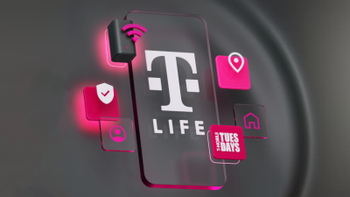



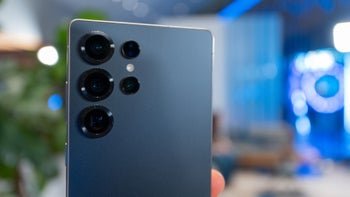

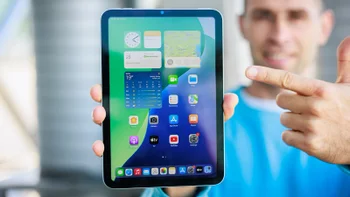
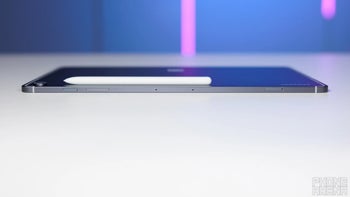
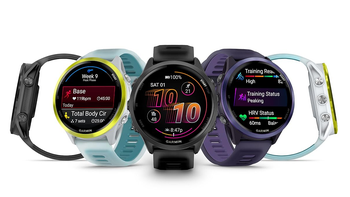
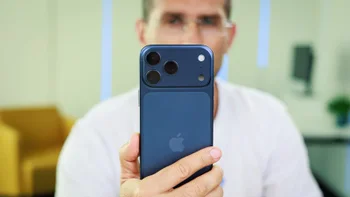
Things that are NOT allowed:
To help keep our community safe and free from spam, we apply temporary limits to newly created accounts: